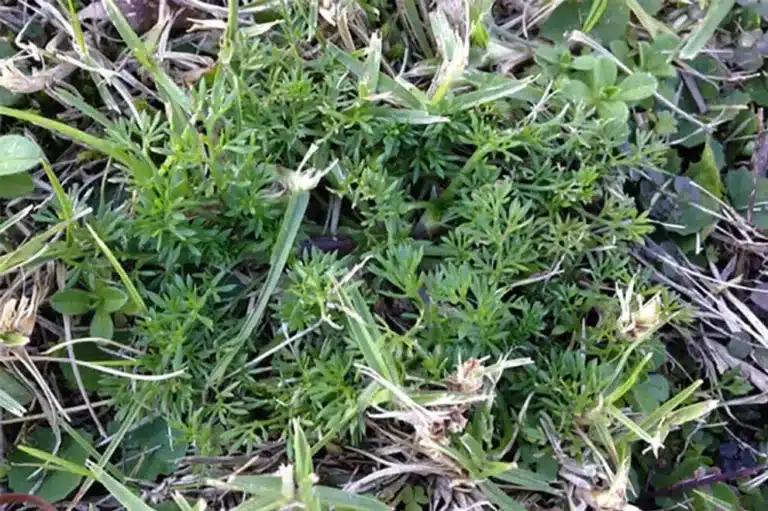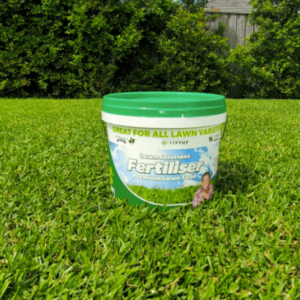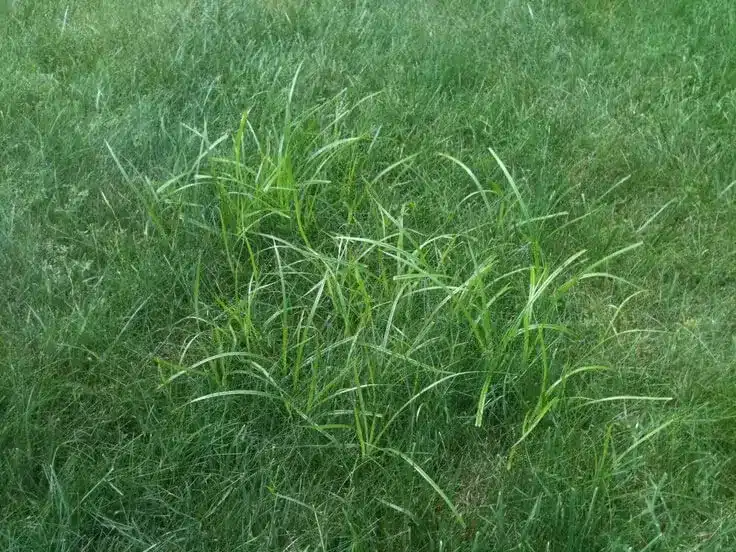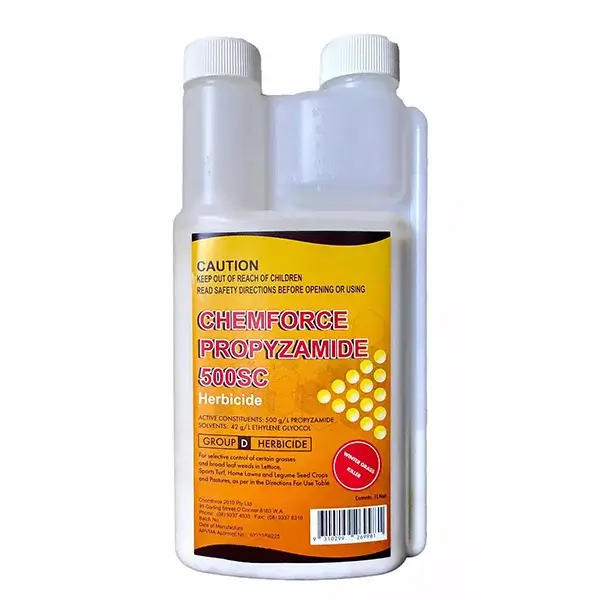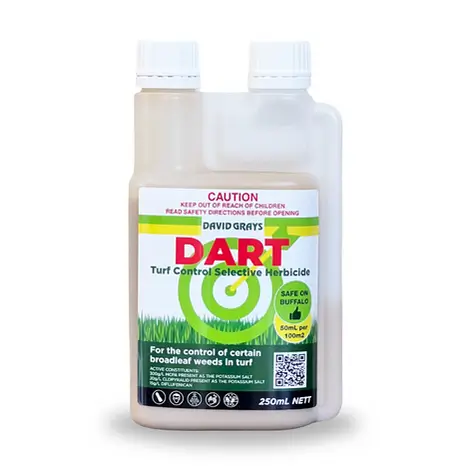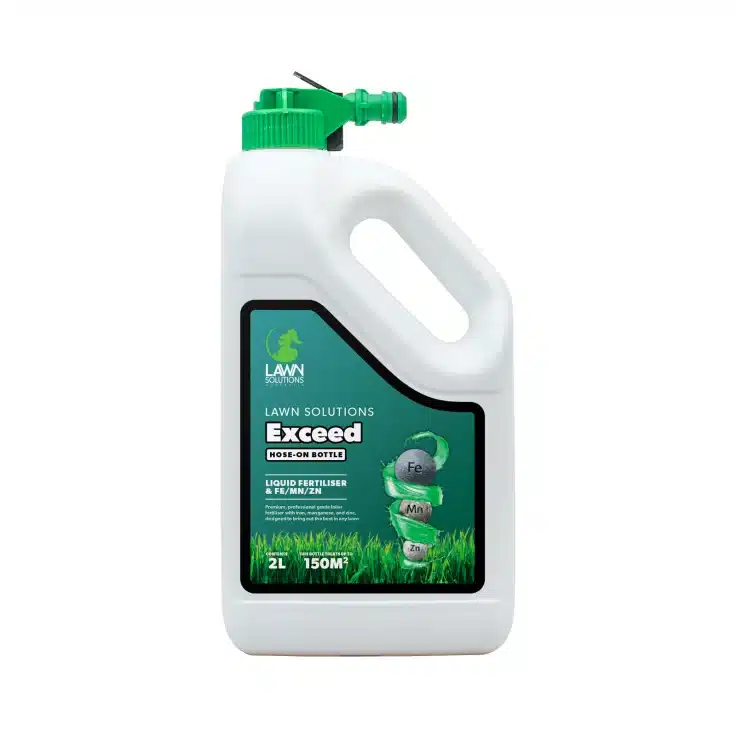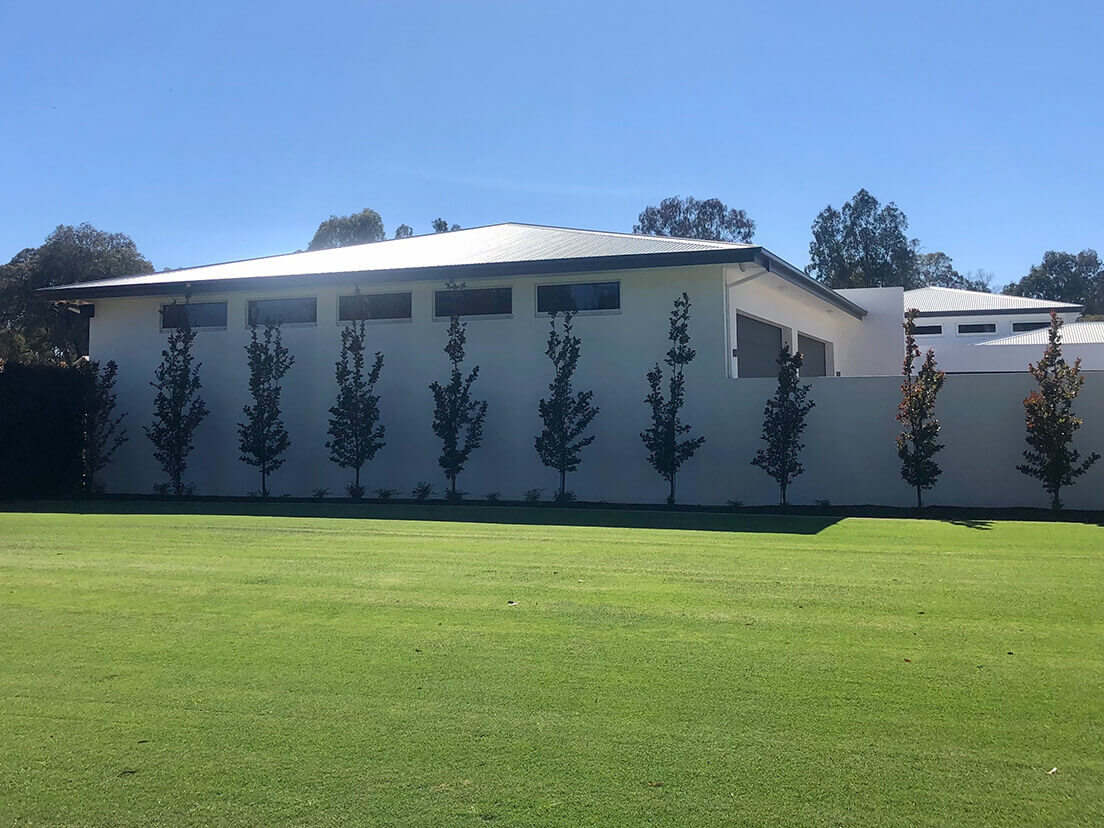If there was to be a popular vote for the most annoying weed, we’re certain this one would win hands down!
If you’ve ever stepped on a bindii in bare feet, walked your poor pooch over a patch, or ridden your bike through a bindii breakout, you’ll know exactly why.
These bad boys pack a real punch when it comes to inflicting pain, flattening tyres and spreading like wildfire.
What is bindii?
Bindii is a low growing weed with a flower at its centre. The seeds are spread by foot traffic and pets. At maturity, the flower produces a prickly seed pod which is a menace during the warmer months––just when we are trying to enjoy our beautiful lawns. The seed pods contain the prickly seeds that are torture to our bare feet. So it's best to target bindii in early spring before it goes to seed.
Bindii is often confused with carrot weed, a native plant which at first glance seems similar. However, carrot weed begins to produce flowers during the early part of winter, with pale yellow flowers on the ends of the stalks. Bindii flowers much later and has no flower stalks.
What causes Bindii to grow?
During winter, the growth habit of your lawn is not as lush and thick as in other seasons, therefore weeds find it easier to penetrate. Poorly nourished lawns are more at risk of being taken over by weeds like bindii.
When should I spray for bindii?
Bindii grows in the winter and goes to seed in early spring. The best time to target bindii is in winter (from mid-June onwards) before it produces the seed pod and spreads throughout your lawn. Immature plants are easier to kill, however, it is necessary to delay spraying until a full emergence has appeared. Don’t delay for too long though, as flowering begins in spring and once the seed spines have formed, the lawn will be prickly and uncomfortable for the rest of the season.
If the bindii is already flowering, another option is to use Iron Sulphate to kill the weed. As a general rule, mix 2 tablespoons of Iron Sulphate in 4.5 litres of water and spray it on the bindii affected areas.
How do I prevent bindii?
The best way to keep on top of bindii is through prevention - this includes regularly fertilising and watering your lawn. This will help your lawn become healthier and less susceptible to the infiltration of weeds. If your lawn has compact soil and the soil is not properly aerated then you’re at higher risk of bindii growth. Acidic soils are also more prone to bindii growth, so keeping the PH corrected will help in preventing this weed from attacking.
Raising your lawn mower height is particularly important in winter as it will help you to avoid scalping of your grass. Scalping makes your lawn more susceptible to weed invasion.
When weeds do occur, it’s important to take action early. That way you can get on top of them before they’re more difficult to manage.
How do I get rid of bindii in summer?
Bindii can be managed by hand or by applying a selective broadleaf herbicide. Broadleaf herbicides are an easier and less taxing option for treating flowering bindii plants in summer, however they can be removed manually by digging the root up to avoid regrowth. This can be a very tedious process in a badly infested lawn. It’s also difficult to spot all plants in the lawn, so manual removal is more likely to be successful with small infestations. Pouring boiling water on a small lawn area to control infestation is another option you might like to try.
What is the best bindii killer?
We recommend two options for killing off bindiis, Amgrow Bin-Die Weed Control and LSA All Purpose Weed Control. Both are selective broadleaf herbicides that are safe for your lawn and easy to apply.
Amgrow Bin-Die Weed Control
This herbicide comes in a concentrate form and will need to be mixed up with water in a knapsack or pressure sprayer. Bin-Die is suitable for use on most other grasses including:
- Sir Walter DNA Certified Buffalo
- Sir Grange Zoysia
- TifTuf Hybrid Bermuda
- Nullarbor Couch Grass
- Eureka Premium VG Kikuyu
LSA All Purpose Weed Control
LSA All Purpose has an easy-to-use clip-on hose attachment. It’s been developed specifically for home lawns and to eradicate multiple types of weeds, not just bindiis. Like Bin-Die, LSA is suitable for use on most varieties of buffalo turf except the ST varieties.
By blanket-spraying all affected areas with one of these selective herbicides, the bindii should die off within 7-10 days. When using herbicides, wait until the products have dried and absorbed before letting your pets back out onto the lawn. A couple of repeat applications may be required to kill off bindii that continue to emerge.
How do I remove bindii from my child’s feet?
Stepping on a bindii patch when you’re not wearing shoes is like walking on lego! It can bring even the toughest of adults to tears, let alone the little people in our lives. Although having a bindii stuck in your foot won't usually warrant a trip to the hospital, it can definitely trigger an ocean of tears in some children. These are our tips for removing a bindii with as little trauma as possible.
Baking Soda
Make a paste with baking soda and water. Apply it to the top of the affected area and cover it with a bandaid. Leave the bandaid on overnight and remove it, and the prickle in the morning. It should easily fall out on its own.
Duct Tape
If the prickle is far enough to the surface, you can try to coax it out with duct tape. Simply place a strip of tape over the prickle and leave it on for half an hour. Once you remove the tape, the stinger may come with it.
Honey
Another good method for removing prickles is to put honey over the sore spot as a way to help draw the bindii out.
For more helpful advice on how to manage weeds in your lawn, check out some of our other lawn care tips here. If you’ve got more questions about bindiis that we haven’t answered above, don't worry! You can reach out to our friendly team any time.

